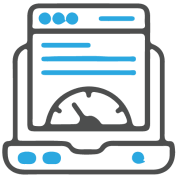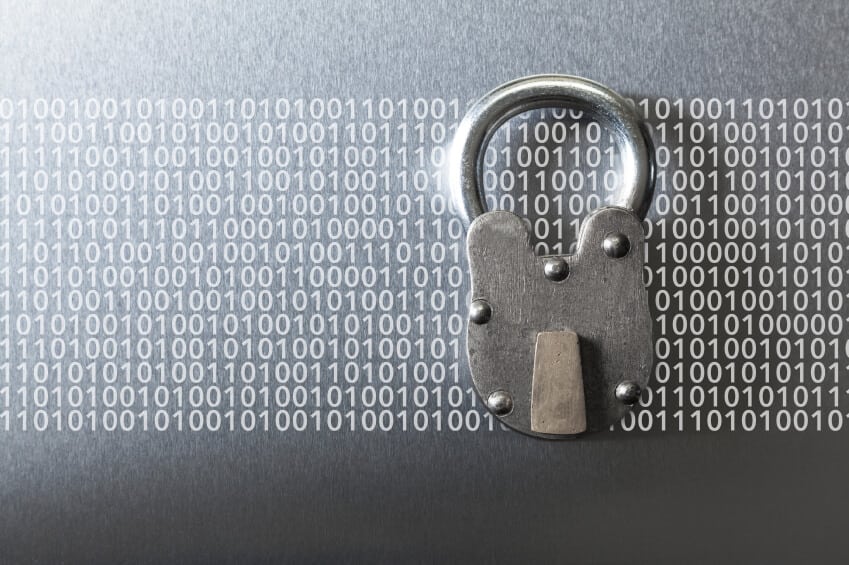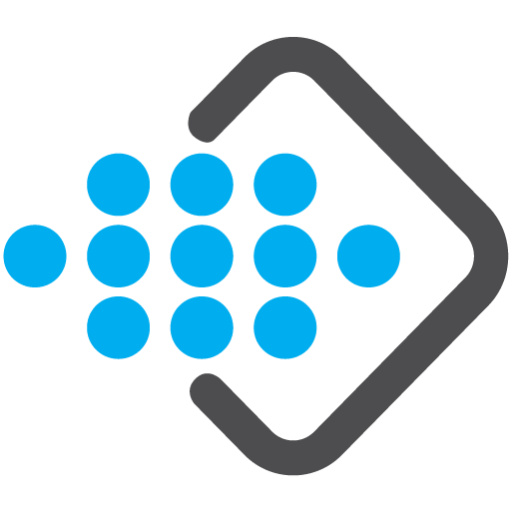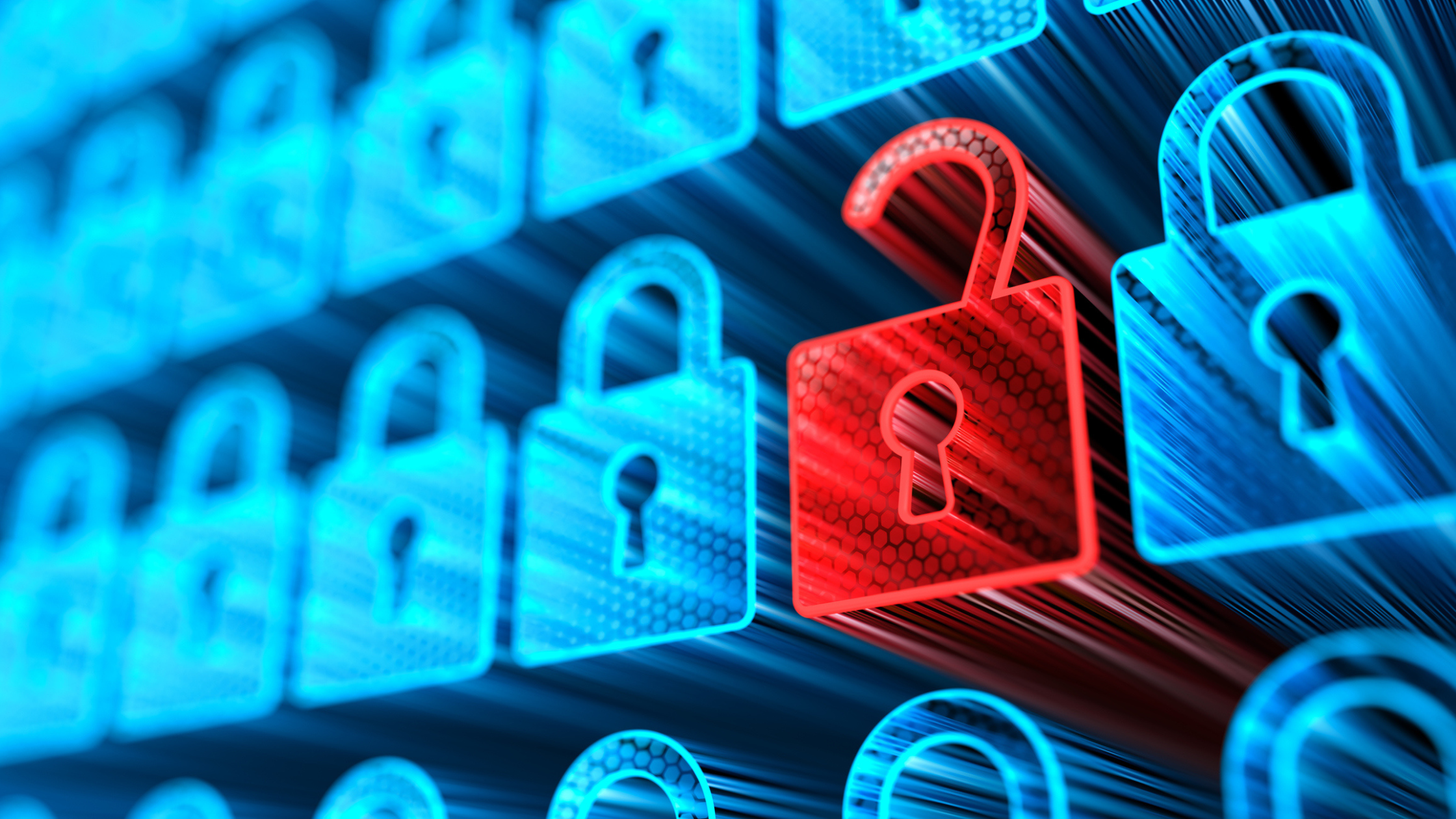One of the top reasons most consider a data center or colocation space is for security purposes. Hosting your data on-site does have its advantages, however, the only security points between your data and the cleaning crew is probably a regular locked office door, if your last operations person remembered to lock it.
Most data centers have multiple check-in points in a mother nature proof building, but to get access to your equipment, you need:
• a building badge
• a key fob
• your government issued ID
• nice, big smile when they take your picture
• your paternal grandmother’s original passport
• your fingerprint
• a possible second body part that is ready to be scanned
• your cabinet or cage key
In addition, you need to remember what to use at each door, elevator, secret passage, bathroom, and finally your cage or cabinet (sometimes it’s a combination).
Minus your grandmother’s credentials and secret passage ways (although, some data centers do have these), all those mentioned above are part of the process to get into your designated space.
Here is a list of actual things to think about when looking at your current or new data center:
Location, Location, Location
• Is your data center near a high-risk man-made area? Examples of high-risk areas may include airports, chemical facilities, and power plants – anywhere that data may be compromised by an external force.
• Is your data center protected from catastrophic natural disasters? Is it in a flood zone?
• Additionally, does your data center visibly advertise itself to the community through signs or other public displays? This may put its customers’ information at risk by divulging its location. Maintaining a relatively inconspicuous physical presence is key for data center security.
• Is it close to your main or any remote offices? Does the data center offer remote assistance in case of an emergency and someone needs to physically provide a service?
Access Control Systems & Biometrics
• How often does your data center update its access list? Customers leave, employees are terminated, how does your data center handle this?
• How many points of security are needed to access your space? Typically, at least 6-layers of security is a best practice. What does that mean?
#1 Security Access to the front door: Can anyone walk in? Do you need a badge or access card to enter the building?
#2 Security is then verified for all visitors with a government issued ID, access list provided by the data center, and a picture is taken.
#3 Use pass provided to enter the data center administrative area.
#4 Access specific data center floor.
#5 Floor access and biometrics are taken to enter data center space
#6 Access to your cabinet or cage with the key
• Biometric identification has become an increasingly popular method of entry in recent years, establishing itself as a standard procedure when attempting to gain access to sensitive areas of a facility.
• Additional measures such as mantraps – consisting of two separate doors with an airlock in between – function to guarantee that only one door to the data center can be opened at a time – with authentication required for both doors.
Always watching…
• Constant surveillance of a data center is vital for monitoring daily operations. In order to ensure that all areas are functioning properly and that each element of the building is secure and protected at all times, surveillance equipment (cameras or otherwise) should be installed throughout the building at every entrance, exit, and access point.
• Personnel redundancy – What does that really mean? Well, it simply refers to safeguarding the data center when visitors are present with the help of employees or staff.
Whether you are assessing your current data center provider or shopping for a new one, you should be able to reassure that your IT infrastructure is safe.
If you would like to find out if colocation is right for your business needs, be sure to check out our latest whitepaper “Is Colocation Right for You: 4 Key Reasons It Is The Best Option For Your Business”















